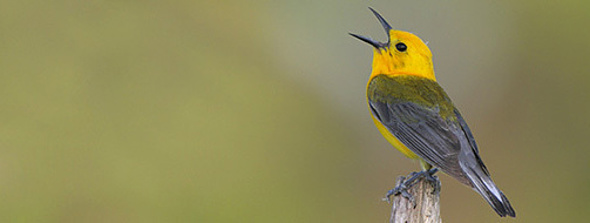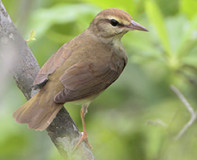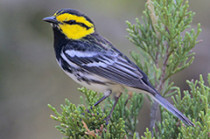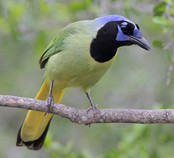Birding in Texas
When it comes to birding, Texas can be divided up into several regions to make trip planning easier. The major areas that I often plan birding trips to starting from the Houston area include the upper Texas Coast, Pineywoods, Hill Country, Lower Rio Grande Valley, and West Texas. Sometimes west Texas trips also extend into New Mexico.
Birding Regions
Upper Texas Coast
The upper Texas coast is made up of a variety of habitats including prairies, marshes, riparian hardwood forests, estuaries and sand beaches. This region flat and fairly wet with annual precipitation averaging around 50 inches.
Pineywoods
The Pineywoods is the most forested part of the state and is home to a number of species that are either not found or are difficult to find in other parts of the state. This area receives a decent amount of rain averaging between 35 and 60 inches per year and is relatively flat. Along with pine forests this region contains bottomland hardwood forests, riparian woodlands, clearcuts, lakes, swamps and grasslands.
Texas Hill Country
The Texas Hill Country (or Edwards Plateau) covers a large portion of central Texas. The two most sought-after birds in this area are the Golden-cheeked Warbler and the Black-capped Vireo, which are present in the spring and summer months. Some of the habitats found in this region are juniper-oak woodlands, riparian woodlands along rivers and streams and open grasslands. As its name implies the area is generally hilly and is generally drier than the areas to the east.
South Texas
The Lower Rio Grande Valley usually refers to the extreme southern tip of the state of Texas but the type of habitats found in this area actually cover the southern fifth of the state. Most of this region is flat to gently rolling hills and is covered with dense thorny vegetation. Live oak woodlands mixed with brush and grasslands can be found along the eastern part of this region. Moving west the amount of annual rainfall drops and the habitat becomes more arid. The birdlife in this area is quite unique with many species that aren’t found regularly anywhere else in the US.
West Texas and Southern New Mexico
West Texas and southern New Mexico (the Chihuahuan Desert) is a very diverse area that includes a wide range of habitats. Some of these habitats are desert scrub, oak-juniper woodlands, riparian woodlands, grasslands, sand dunes, pinyon-juniper woodlands, pine-oak woodlands and montane evergreen forests. This region contains several mountains, rolling hills and high desert with elevations ranging from about 1,000 feet to 8,749 feet at Guadalupe Peak. Since the human population is low in this area much of the habitat is relatively undisturbed. The climate is also fairly predictable with a rainy season between July and September and mostly dry for the rest of the year. In the summer temperatures in the low areas along the Rio Grande can get quite high. Annual rainfall can range as low as 6 inches on average in the low areas to more than 20 inches at the highest elevations.






